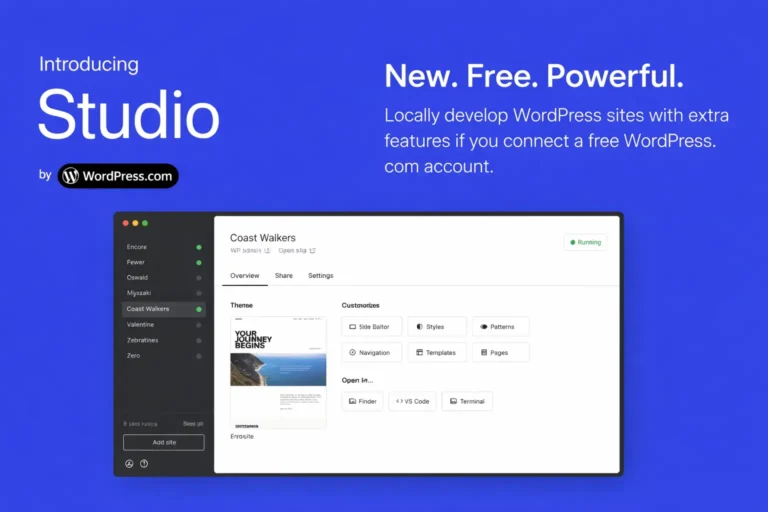SEO Shenanigans, also known as cheating, does not work like it did in the early days of the interweb.
SEO practices as we know them today are very different from what they have been over time. Not long ago, many people said that the best way to get to the top of the search engine rankings was to post as much content as humanly possible. And use a lot of keywords to the point the article made zero sense to humans but search engines loved them. It was always more on volume.
Basically, it was about quantity over quality.
Nowadays, all that has changed. The exact opposite approach is the only viable option. In this post, we’ll look at the very best SEO strategies and why they are what they are.
The thing about search engines is, they don’t care about your tricks.
Search Engines only care about what your site contains. That’s why content is crucial when it comes to SEO. There may be some days you’re having a bit of trouble with your site’s quality. But just look at how many websites get zillions of pageviews but contain almost nothing of value. If your site is not rich with valuable content, you are wasting your time getting fancy with your website design and other “tricks.”
Some experts say website design has almost no effect on rankings whatsoever.
SEO: Before and After
When Google became the number one search engine, everyone scrambled to figure out how to get to the top of the search results. Google was quite simple back then, fortunately, though, that meant it didn’t take long to decipher precisely what Google’s algorithm involved and how to exploit it.
Back then, Google used two basic methods to try and index content.
The first method was to look for inbound links. Google’s spiders would follow links to find new pages on the web and view them as testimonials. The more links your site had, the more popular it was considered to be, and the main conclusion was that this would be a reflection of quality.
At the same time, Google would search for exact keyword matches to determine the site’s subject matter. If a certain phrase was repeated enough in the text, it would mean that that phrase must be highly important, and it would make sense to show the site when people searched for that term.
But this system had the drawback of being too simple and too easy to control. It was just a matter of time before people began filling up their websites with multiple uses of the same keywords, and some of those even have lots of low-quality (often paid) links. In other words, Google’s search results pages began to fill up with spam.
What’s New with SEO?
As a result, Google had to update its algorithms, and we now see something much more sophisticated. Today, Google uses advanced algorithms that consider the time that visitors spend on every web page, the quality of their respective inbound links, and the use of synonyms and other correlated terms.
Any attempt to try and trick the system will give out a huge risk for your site to be penalized or even de-indexed. The conclusion is that Google is now much more relevant in terms of the results it brings up.
Then what are search engine optimizers supposed to do now?
Should they work smarter and think of new tricks? Should they try and work on another new algorithm? Of course, that’s what everyone is clamoring to do, but that’s all missing the point. The main point is that Google doesn’t want us to play around and mess up its results. Stop the SEO Shenanigans because if ever in the future, we find a reliable system that we can exploit to get to the top of the SERPs; then Google will just change its workings again.
If you want to ensure futureproofing in SEO, you must create a very high-quality site that is particularly relevant to your target audience. If you do that, your goals will be aligned with Google, and any future updates will only help your site perform even better!





